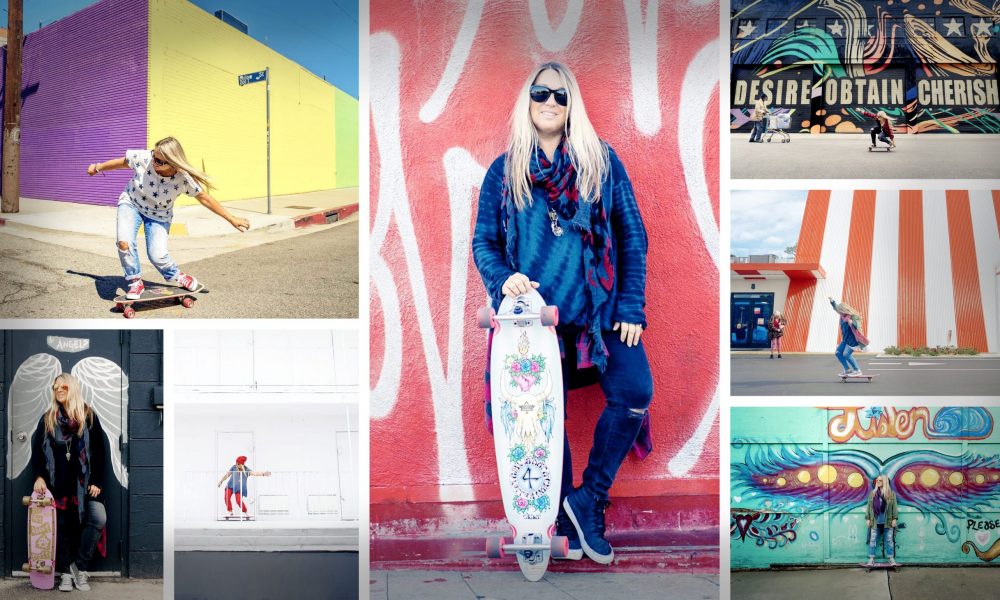

Female skateboarders are making their mark from Miami to LA and everywhere in between. Cindy Whitehead is a 70’s pro skateboarder who was inducted into the Skateboarding Hall of Fame in 2016, she is the founder of the action sports movement, Girl is NOT a 4 Letter Word and the author of the first comprehensive book on girls skateboarding, “It’s Not About Pretty: A Book About Radical Skater Girls” which was released in March 2017. She shares her journey below.
Cruising through the quiet streets of Hermosa Beach on my skateboard at age fifteen, with my hair still damp and salty from a mid day swim in the ocean, I never gave much thought to being one of the only girls skateboarding in this little beach town during those summer days in the 70’s. Nor did I ever think that many years later I’d be talking about feminism and what it means to be a female skateboarder.
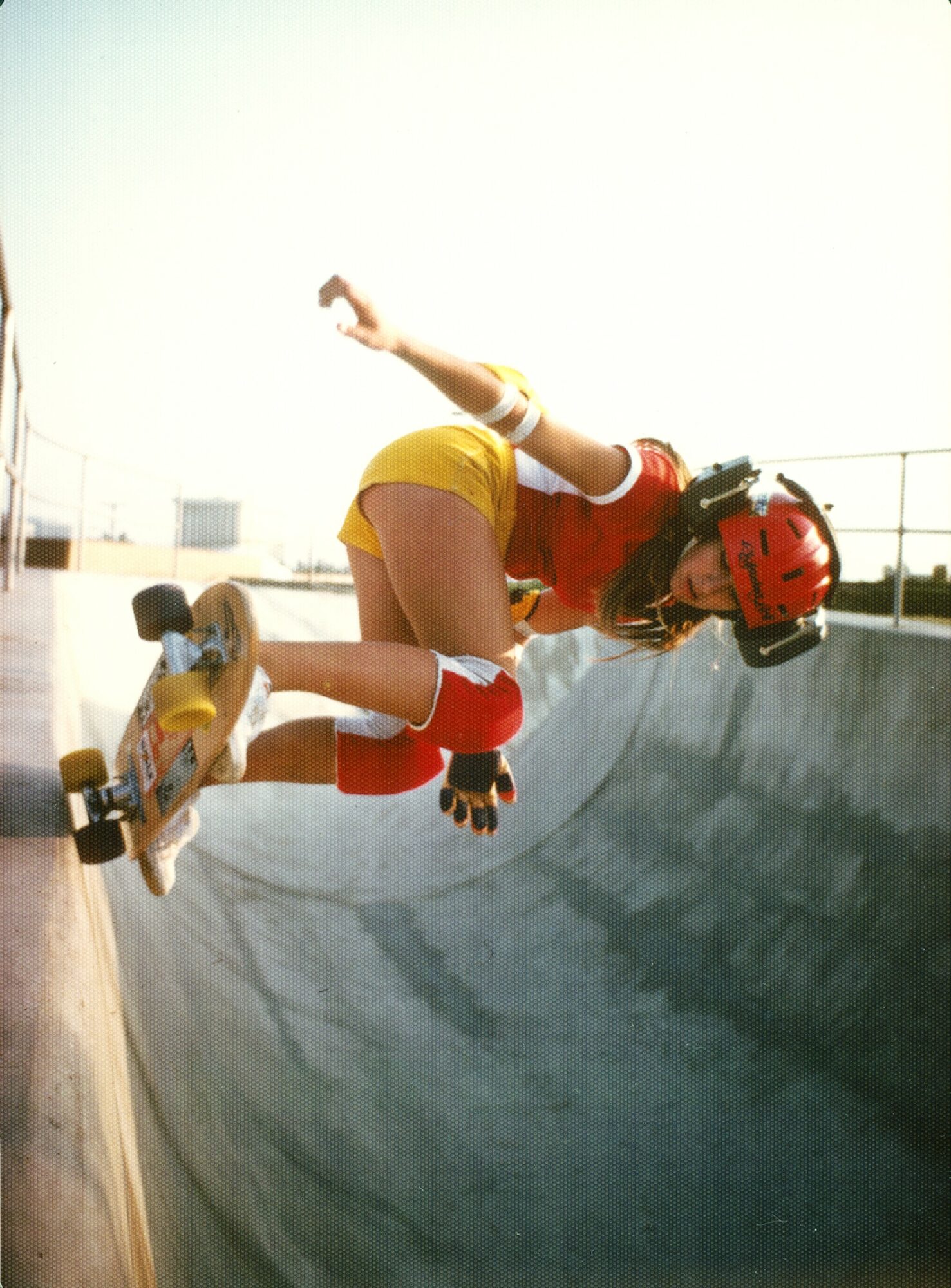
But interesting things happen when you do what you love and don’t listen to other people telling you what’s “right and wrong” for a young girl to be doing.
Luckily for me, Hermosa Beach was a sleepy beach town, where in the 60’s jazz was king and beatniks ruled and that local flavor lingered on into the 70’s. We had a poster in our house that said “Make Love, Not War” and a Volkswagen bug that had Crazy Daisy stickers on the bumper. We played outside until past dark and during the summer made sundials with a stick and our fingers in the sand to check the time so we knew when we had to be home for lunch. Surfing was the normal activity for most boys I knew, and some of the girls as well.
I was eight years old when I first stepped on a skateboard. It had clay wheels and it was a rough ride, but I loved it. Back in those years I was considered a tomboy in every sense of the word – I climbed trees, dove deep into the sea and picked shells off of the ocean floor, I only wore pants and hated dresses with a passion. Perhaps growing up free of gender constraints, and living in a small town where people just let “you be you”, being one of the only female skateboarders later on during my teenage years wasn’t a huge stretch for me.
For my fourteenth birthday I asked for one of the new skateboards with the urethane wheels. It was a blue Bahne board with Cadillac wheels and when I skated down the street on it I never felt freer. Those wheels rolled over cracks and small pebbles and I immediately knew this was for me. I was in love.
Back then, skateboarding was for kids who were different or outsiders – this is something I quickly learned when I ventured outside of Hermosa Beach. Instead of this news bothering me, it had the opposite effect and I kind of thrived on it. I liked being different and having a passion for something that other people didn’t quite understand. But I still never gave it much thought that my friend Michelle and I were just two girls in a group of boys who skated every day together. To us, we were just like them and we belonged to this rag tag group of “outsiders”.
We built ramps from plywood we found at local construction sites and propped them precariously against the walls in the parking lot next to places like Perry’s Pizza by the pier, and we skated day and night, asking the tourists watching us for money so we could grab some pizza and a coke, without having to go home.
As skateparks started being built, we left the streets of Hermosa and started skating at places like Skateboard World in Torrance and my passion for freestyle and power slides on the strand gave way to mastering the half-pipe at the skatepark that was waiting to be conquered.
Now I was the only girl during most skate sessions at the park, and I still didn’t think that there was anything written that said I didn’t belong, so I took my place up top with all the boys and dropped in whenever I felt like it. Sure I heard comments from people watching us skate, but I quickly learned to tape a big clunky pair of Radio Shack headphones onto my helmet, dial in a favorite radio station, turn up the volume and skate to Joan Jett’s “Bad Reputation” or whatever else came on the radio that motivated me to skate that pipe as well as the boys around me.
We were still all considered “different” than the rest of society and that was OK by me. I traveled with the boys to skate in places like Arizona, New Jersey, Ohio, Florida, and all over California, and I always made sure I skated hard, just like they did. I assumed I was equal to them in every way, yet I did start realizing that I didn’t see many girls in the skateboard magazines I pored over every month. I had heard that other girls were out there and I saw them at contests up and down the coast, but yet why weren’t they in the magazines with all the boys? We were all doing the same thing and we were all outside of societal norms. Why were we being perceived within our own tribe as different? I wasn’t sure of the answer.
The late 70’s came quickly and things started changing, punk rock was super popular and skaters were now not just outsiders but were considered “punk” as well. I landed a centerfold and two-page article in a skateboarding magazine and at the young age of fifteen I made sure in my interview to let people know girls weren’t weaker than boys and girls should be out there skating. I liked that the centerfold showed me skating a plexi glass vert half pipe, tucked high up on the wall, because I knew if a girl saw it she could pull it out from the center staples very easily, and put it on her bedroom wall and know that there were other girls like her out there, or that she now knew she could be anything she wanted to be.
By the early 80’s skateparks started closing and we went back to skateboarding vacant backyard pools, we were chased by the police and sometimes arrested, but the rush those vert walls gave us was something that made us not care about the “rules” of society and we became true renegades, as we returned to our roots of skating anything and everywhere we could. My pro skating career was essentially over, but not my love for skateboarding so I kept skating,
Moving into the mid 80’s Skateboarding was still happening but due to the closure of the skateparks and the drought ending, all the backyard pools started filling up with water again. So a new wave of skaters started skating the streets, stairs, curbs, bus benches – anything they could find, and street skating was born. Now skaters were referred to as “hoodlums” as well as punkers. There were some amazing and rad girls who skated during this time, but once again you saw very few pictures of them in the magazines. So the general public probably still thought that skateboarding was just for guys.
Fast forward to 2013, I decided to skateboard down the empty 405 freeway during Carmageddon, that’s when they closed the freeway in Los Angeles to make repairs on the bridge. That photo went viral, yet when news crews showed up at my house 2 out of 3 news reporters assumed it was my husband who had been skateboarding. Because most thought that girls don’t skateboard.
We have now moved into a time where I see more and more girls skateboarding everywhere I look. As many as the boys? Not yet. It seems like every guy in California skateboards. But lets face it, the thing the magazines didn’t want to happen back in the 70’s and 80’s is happening – male dominated skateboarding is going mainstream.
Top models and New York fashion editors are dating skater boys – it’s actually cool to do that now. It’s like dating the lead singer of a band. A little wild but not too risky, because most of these top male skaters make a very decent living, some even have full on skateparks in their own backyards and have bought houses that are five times the size of the ones they grew up in. Some drive fancy cars that cost upwards of $100,000. They have managers, agents, attorneys, and top-notch, main stream sponsors and endorsement deals that pay them millions of dollars per year. We see them featured in mainstream sports publications and on late night talk shows. They rake in thousands of dollars at multiple skate contest per year and travel first class across the world to do demo’s and compete on their sponsor’s dime. They are living large and it is awesome to see.
So what happened to skateboarders being the outsiders, the punkers, and the renegades?
Well they are right here. The girls in skateboarding are now more punk than the guys probably ever were. Jaime Owens the editor in chief of popular skate mag Transworld, acknowledged this in the November issue when they put pro female skater Lizzie Armanto on the cover – which was a first in the history of the magazine.
Small groups of girls (downhill, street, and vert skaters) have been skating for decades without the sponsors, money, fame or acknowledgment that the guys have had, and they are still right there tearing it up. They share food, tools, and advice. The holes in their shoes are filled with shoe goo and wrapped in duct tape to save money for whatever else they need.
They often pile into a van that they have borrowed or rented, for skate trips across the state, where they create their own photos and video clips, and push it out via social media. They get creative and do any type of work they can to piece together funds for gas and food. They either pile together into one hotel room or they choose to sleep by the skateparks, the river, the beach or at campgrounds to keep costs in check. Some groups of girls even set up small Go Fund Me accounts to help raise money for these trips with the promise of sharing media during and after.
A few girls have even have formed skate crews that shy away from anything mainstream, like the the Lady Lurkers in Santa Cruz, the Las Chicaz crew from Arizona, and The Street Kitchen and Brujas crews in New York. They don’t compete, and they are not looking for sponsor’s money – they skate for the love of it and camaraderie, and nothing else. The bits of attention they are now receiving from mainstream women’s magazines, is not likely to change their mission or who they are. In the world of skateboarding they are still “outsiders” and they are seriously rad as F*ck.

Other female skaters take a different route and decide to skate contests – but those comps are far and few between – so making a living solely from competing is out of the question. Some of these girls turn pro, get sponsored and are the only girl on a male dominated team. Most girls ride boards with pro male skaters names and artwork on them – why? For the lack of other options.
There are a small handful of female skaters in the pro skateboard ranks making somewhat of a living off of skateboarding – but not even close to what the male pro’s make. Yet they keep doing what they love.
Being a renegade has it’s benefits though – when Transworld Skateboarding Magazine put out that cover with pro skater Lizzie Armanto on it and features of other girls skating inside the mag – sales went through the roof. Girls were hungry to see pictures of other skater girls and what they were up to – just like I was craving back in the day. I’m not sure if the magazine realized the serious underground following these girls have – other girls who may not even skateboard want to be these girls – they are renegades, disrupters, punk as hell, authentic and cool.
Things are slowly changing – a second skateboard magazine cover for Lizzie Armanto this past month, and her own pro model skateboard deck for Tony Hawk’s Birdhouse brand, along with some mainstream sponsors and two new video parts coming out. But she is just one girl, and have you heard of her if you are outside of skateboarding? I hope so, but if you haven’t, go Google her now.
Some female skaters are starting their own brands that cater to the growing demographic of female skaters. It’s a higher level of DIY. They are tired of waiting and are creating what is not available in the market.
But lets face it; most girls are skating as if it’s still 1970. It’s a DIY situation just like we had. With the exception of skateparks in California being prevalent now, they are doing exactly what the boys and I did back in the day. They are taking care of one another, skating hard, having a blast, falling hard, getting back up and doing it all again the next day. They are doing it for the love of it and trying to stay afloat financially so they can keep doing it. They are showing up at comps where they either skate against the boys or where there is a fifth of the prize money for the girls, and they skate anyway.
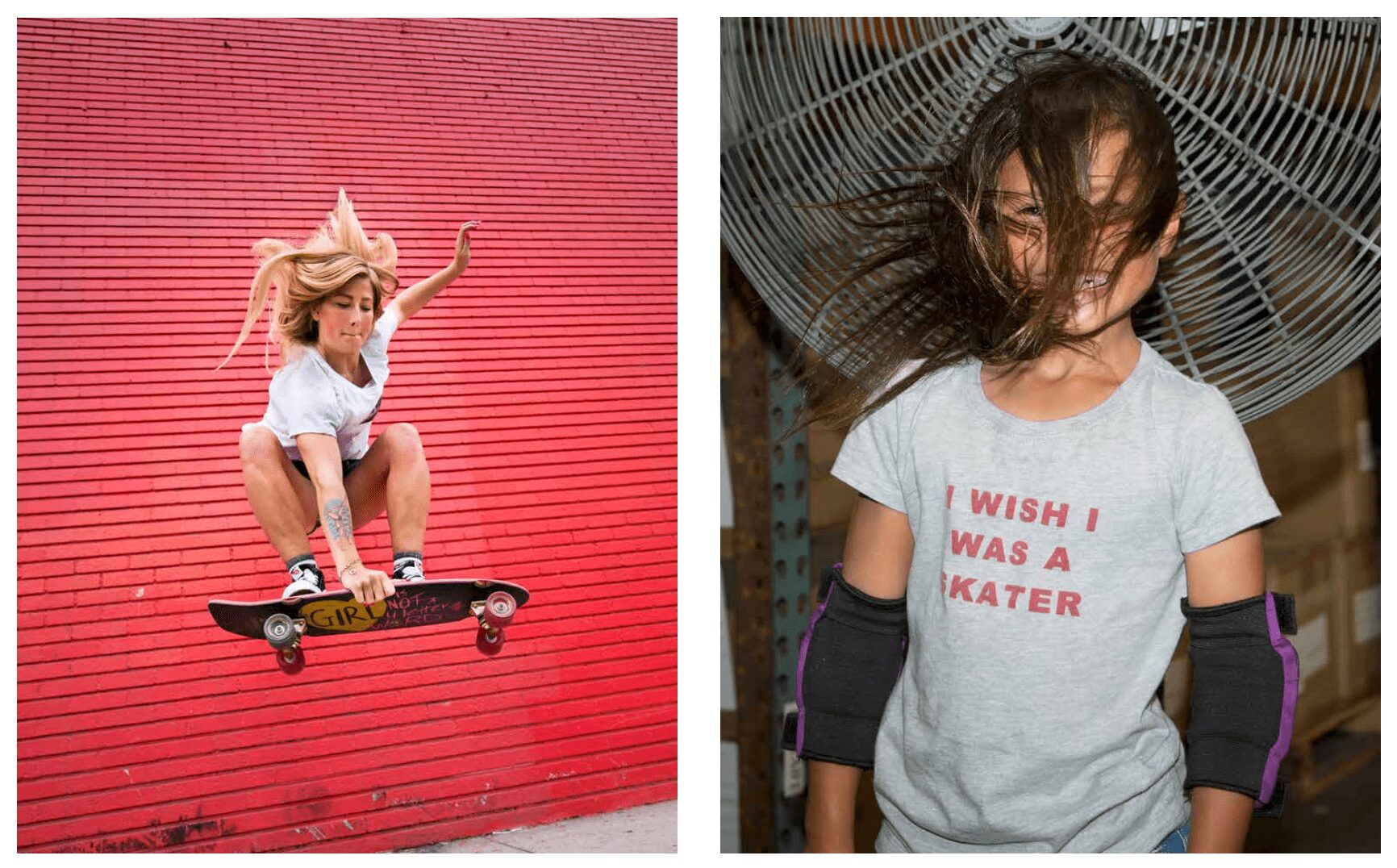
I still love the underground renegade aspect of girls skateboarding but I also know they work hard and I want them to achieve the type of success and living that their male counterparts have, so they can pay for health insurance, keep the lights on and put gas in the car for the next skate trip. How they ultimately choose to live is up to them, but they deserve to have those other options.
When we launched “It’s Not About Pretty: A Book About Radical Skater Girls” last month, I really didn’t realize how many people outside of skateboarding were unaware of the level and the volume of girls that skateboard. The book is 144 pages and features 65 different female skaters ages 5 to just over 50 years of age. It even has a poster of 1 of 4 skater girls that you can put up on your bedroom wall. At book signings I watched people look through the pages and suck in their breath as they saw girl after girl tearing it up in a pool, on a massive hill, or a vert ramp, They commented on how young some of the girls were, to how amazing it was to know that so many girls were out there doing this. They bought books for their daughters, their granddaughters, nieces, friends’ daughters, and a teacher’s classroom. The comment we hear most is “thank you for showing us these amazing girls, we had no idea, and it shows other girls they can be anything they want to be”.
It’s entirely possible with skateboardings inclusion in the 2020 Olympics taking place in Tokyo, Japan, that girls in skateboarding will soon start having larger endorsement deals from outside the skate industry, that there will be more girls on male dominated skate teams and the contests will become more financially lucrative, and that every single person will know the top female competitors names like they do Tony Hawk. But that is a lot of “what ifs”. In the meantime, I am thankful for these renegade girls who are authentic, fearless and rad, and who keep on skateboarding no matter what.
~ Cindy Whitehead
Image credits to the talented Ian Logan
Cindy’s book, It’s Not About Pretty: A Book About Radical Skater Girls, is available on Amazon.com

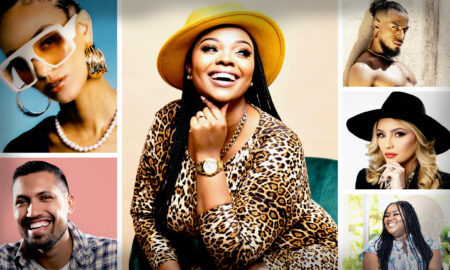

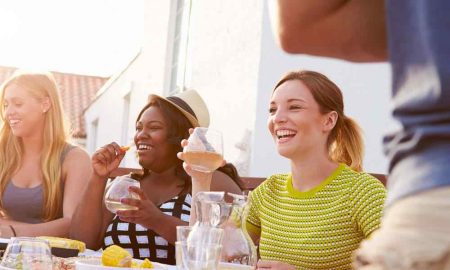

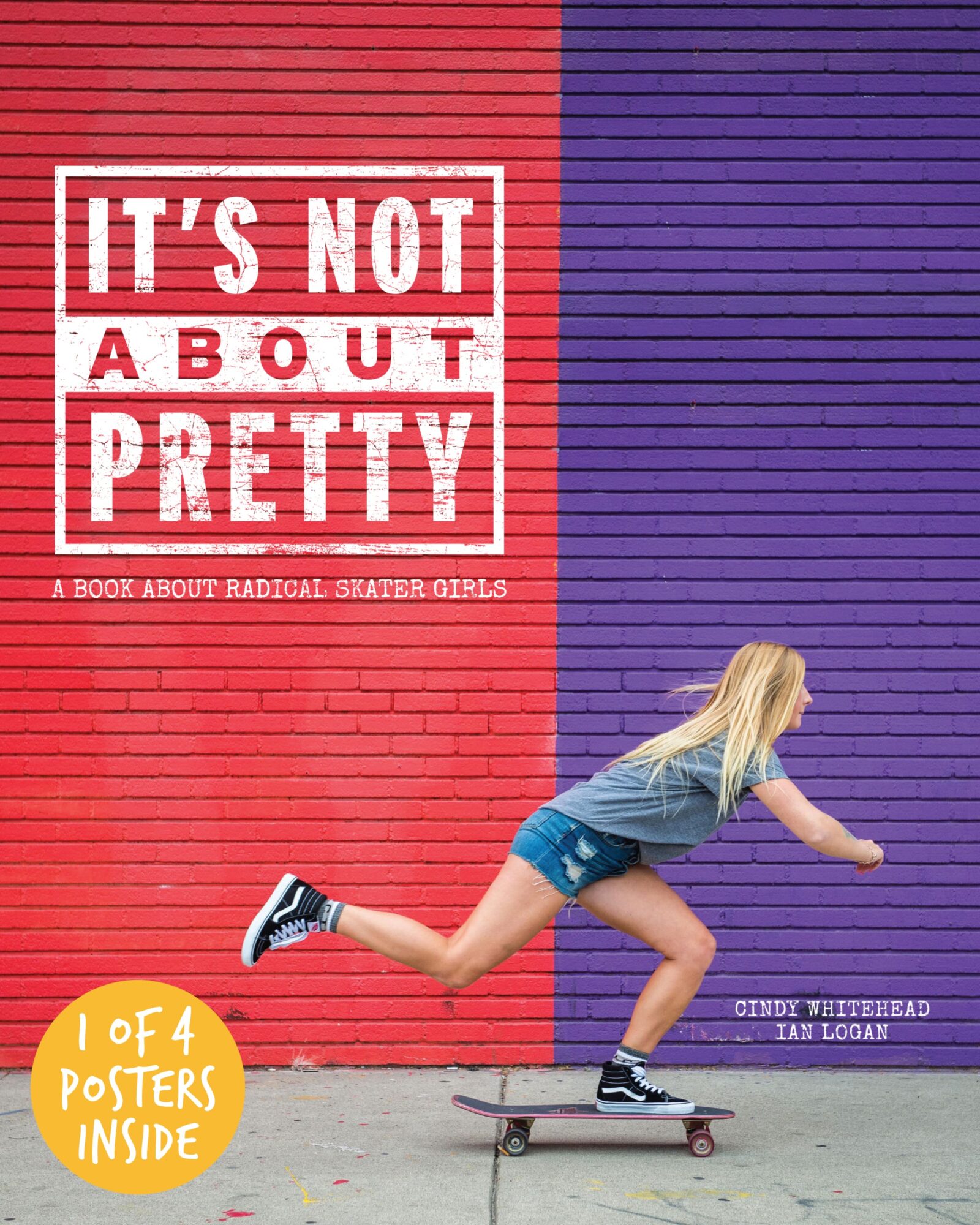




Karen Gavrilov
February 8, 2018 at 1:48 pm
Awesome Cindy and beautiful writing. I was also skating in the 70’s in competitions as one of the few females in Florida(or anywhere lol)so I really can appreciate your perspective. I cannot WAIT to read the book!My brother Craig Snyder wrote the book A Secret History of the Ollie and it’s great to know there is another book out there for me to soak up. Such a special time. Congrats on your induction in SHOF. I was inducted SHOF/Florida in 2011. Love your IG also, you can find me as Thousand Pound Egg . Looking forward to meeting up one day. Maybe we organize a bi-coastal Girl Skaters Weekend. 🙂